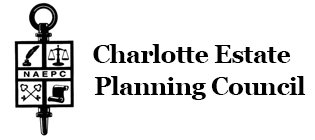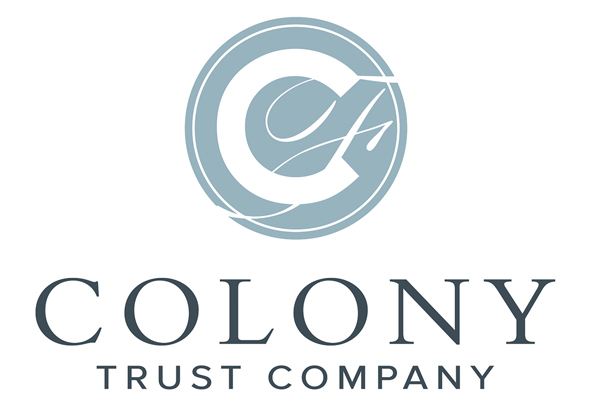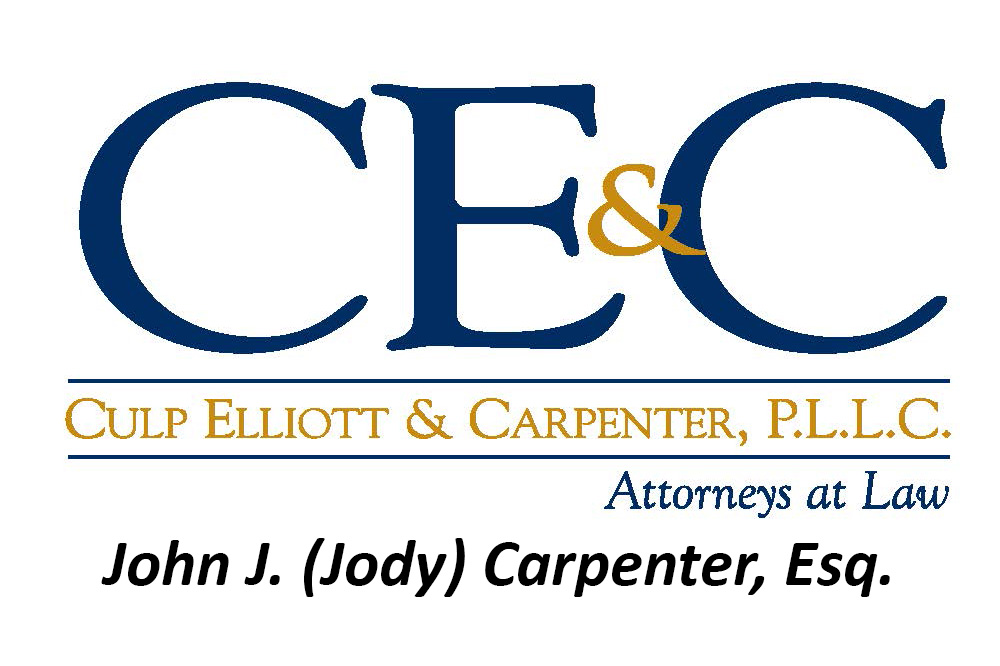At the end of March, 50+ CECP members met in person at the Charlotte Marriott SouthPark for the first in person meeting since 2019! The March meeting was in fact a hybrid event and many members also joined virtually to hear Evergreen Legacy Planning LLP’s Matthew McClintock, JD, speak about crypto and estate planning.
Matt kicked off the presentation with macro market trends, showing 3 year and 5 year scenarios, and spoke about paths to increase exposure including innumerable exchanges, NFT marketplaces, cash apps (like Venmo, PayPal), and chip manufacturers and companies (like Tesla, Square) with cryptoasset treasuries, that all lead to increased interest, adaption and direct token acquisition.
Diving into the practical fragility of digital wealth, Matt discussed the crypto ethos and how part of it is financial self-sovereignty. Clients want more of a peer-to-peer exchange, however, estate planners then need to help reduce counterparty risk and prevent single points of failure by working with clients to create a succession plan to protect their crypto wealth.
So how do estate planners create a succession plan to protect client’s crypto wealth? Managing private keys is critical. Private keys generally include a 12–24 word list called a “seed phrase”. This word when combined with a compatible wallet will unlock the device which stores the crypto. When working with clients, make a note to advise the fiduciary to be on the lookout for a piece of paper (even metal) that has a list of random words on it as that could be a key to access the client’s digital wealth.
There are several keys that clients can have for their crypto. Examples include cold wallets, like a Ledger Nano X that doesn’t connect to the internet, and warm wallets, like software applications on a smartphone or laptop. More examples include hot wallets and lending platforms such as Coinbase, FTX US, Abra, GEMINI, BlockFi, Nexo, Kraken, and Crypto.com.
Custodial and noncustodial multisig wallets such as Unchained Capital, Casa, CoPay, Armory, Electrum and Coinbase, can be used to creating a treasure map by splitting the map up into several pieces that are given to different people so more than one person has part of the key to access the crypto wealth.
To help protect a client’s digital wealth, Matt advised not entering private keys into computer file, estate planning documents, your phone, a website, a PPT presentation or anything else that can become public, get hacked or make it vulnerable in other ways.
Regarding funding crypto, Matt discussed property assignment to describe cryptoassets to be transferred with as much specificity as possible. And client’s need to identity the right fiduciary for their digital wealth and then equip them with the powers they need to carry out and/or hold the assets. Matt ended his talk by encouraging members to ask clients if they have crypto and if so, what kind. And if they do, make sure to have supporting documents to understand where the client’s assets are and how to access them later.
CEPC would like to thank Matt for flying in from Colorado to speak with CEPC members and present to our membership, The Intersection of Estate Planning and Crypto.















